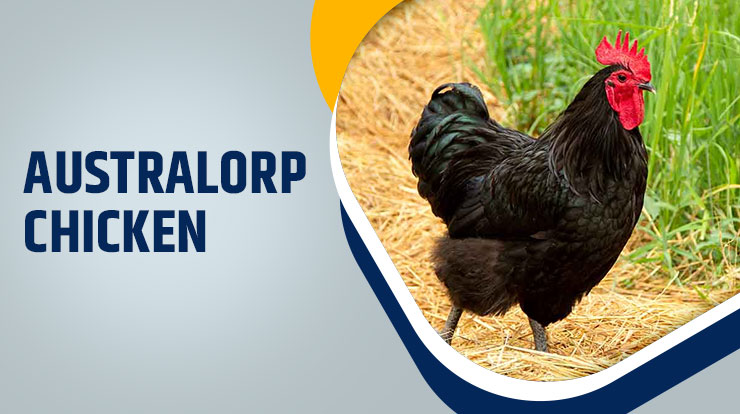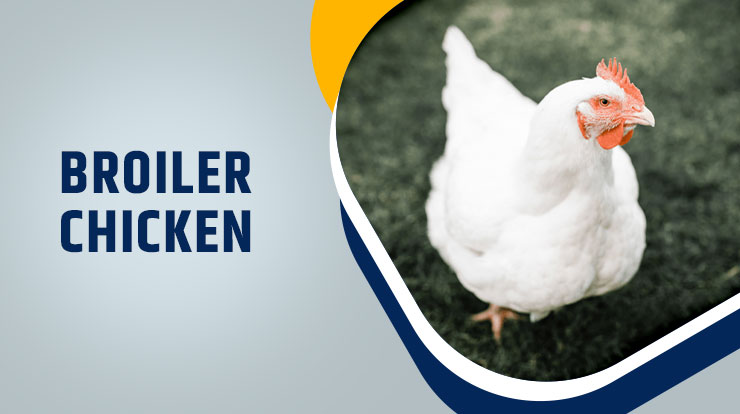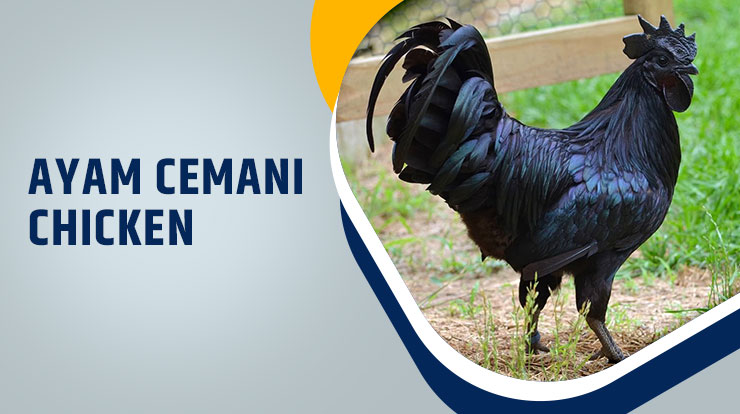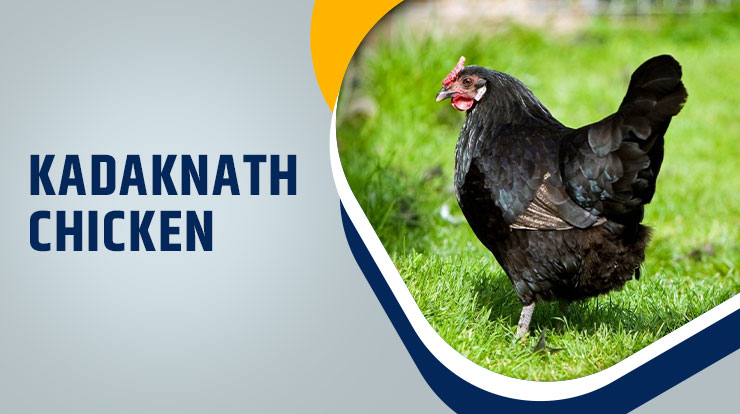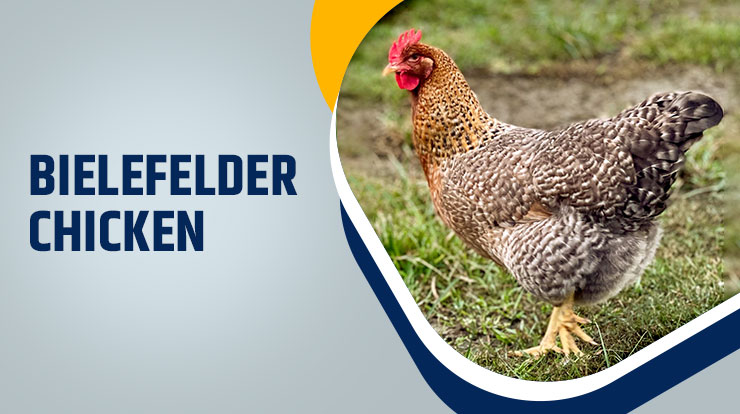Chicken Farming : Types of Chicken, Rearing with Advantage
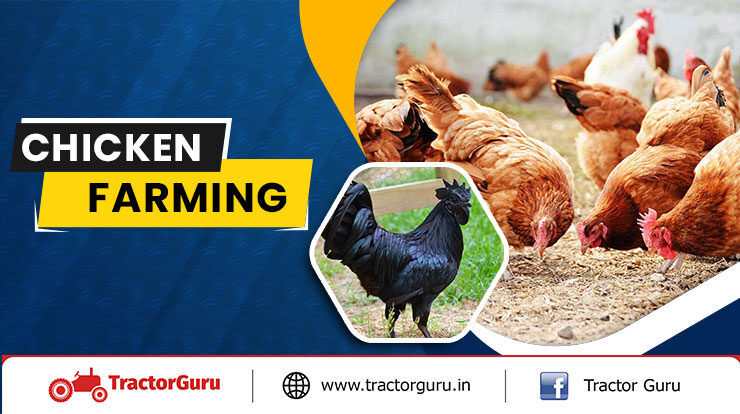
Chicken farming, raising of hens commercially or domestically, primarily for meat and eggs but also for feathers. This farming is the fastest-growing and dynamic segment of the agriculture sector in India. However, desi chicken or country chicken has been practised in India for decades. Moreover, indigenous birds are usually raised in backyard poultry. Traditionally, these birds had low meat and egg production capacity compared to commercial layer and broilers production.
In other words, A chicken farmer is someone who raises chickens and eggs for commercial purposes. There are 4 main kinds of large chicken farms; pullet farms that raise chickens to be sent to layer farms or breeder farms, broiler farms that raise chickens for meat, and breeder farms that produce chickens for broiler farms and layer chicken farming that produce eggs. Since independence, organic chicken farming in India has changed tremendously. It evolved from a non-scientific and unorganised system to a more systematic, planned, commercial, and structured.
Types of Chicken
There are different types of chickens, but here we are going to describe the popular types of chicken.
1. Australorp Chicken
Australorps are a very gentle-tempered, docile breed that gets attached to their owners as much as you want them to be! This type of hen is extremely quiet and a delight to have in any urban or acreage backyard—they’re also great for families with kids, as they are so tame. Australians lay about 250 light brown eggs per year. A new record was made when 364 eggs lay by the hen in 365 days.
2. Broiler Chicken
Broiler chickens are raised in open and large structures called homes, where they roam, eat and interact with other chickens. Depending on the farmer’s preference, some chickens including free-range have varying outdoor access. About 25,000 chickens live together in each hen farm. It takes about seven weeks for a broiler chicken to thrive to market weight, and once they reach the right size, they are all put together again for processing.
3. Ayam Cemani Chicken
Ayam Semani is a very unique and rare black chicken originally from Indonesia. Pick one up for meat, and you’ll check that this interesting chicken contains a black heart. The Ayam Cemani comes with a poor egg layer. On average, they will lay approximately 80 eggs per year, which is counted around 1 egg per week.
4. White Leghorn Chicken
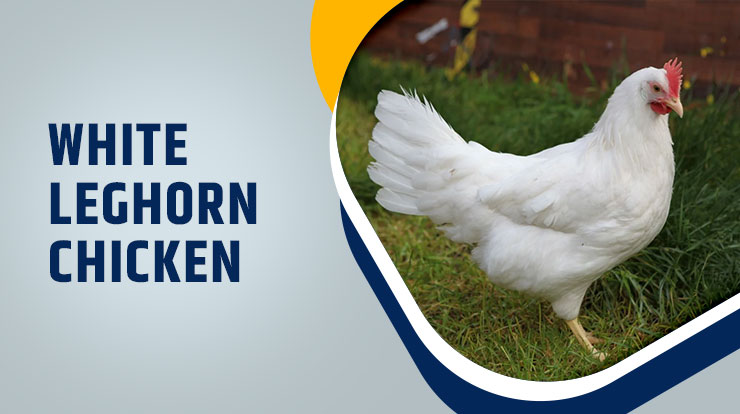
These birds are also a very popular white chicken breed. The name he has is widely known all over the world. This breed also has a character in the show Looney Tunes. The White Leghorn has white wings and white earlobes. They are excellent layers and additions to your flock. If you prefer incredible egg-laying chickens, these birds are for you. They lay an average of 280 – 320 eggs every year.
5. Rhode Island Red Chicken
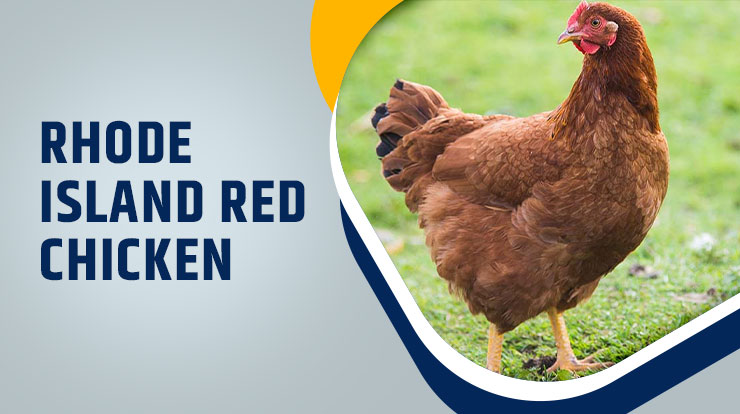 Rhode Island Reds are the most common red chicken breeds, renowned for their delicious meat, egg-laying and attractive characteristics. In general, it can lay around 5 to 6 eggs per week. These eggs are light brown in colour and medium to large.
Rhode Island Reds are the most common red chicken breeds, renowned for their delicious meat, egg-laying and attractive characteristics. In general, it can lay around 5 to 6 eggs per week. These eggs are light brown in colour and medium to large.
6. Orpington Chicken
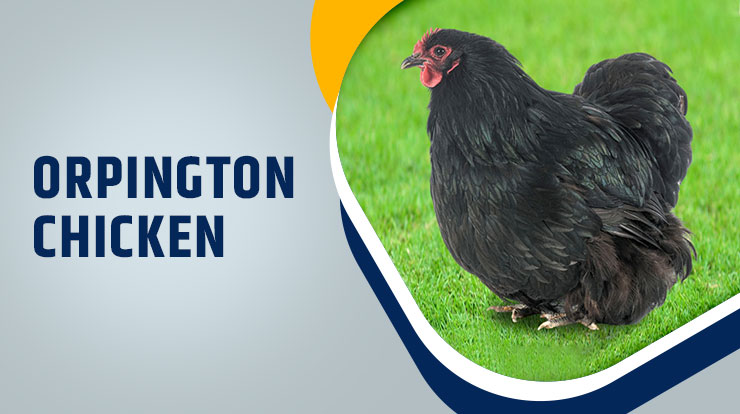
The Orpington is a British breed of chicken. It was intended to be a dual-based breed, to be reared both for eggs and meat. you can expect anywhere laying 3-5 eggs on average each week (150-250 per year).
7. Polish Chicken
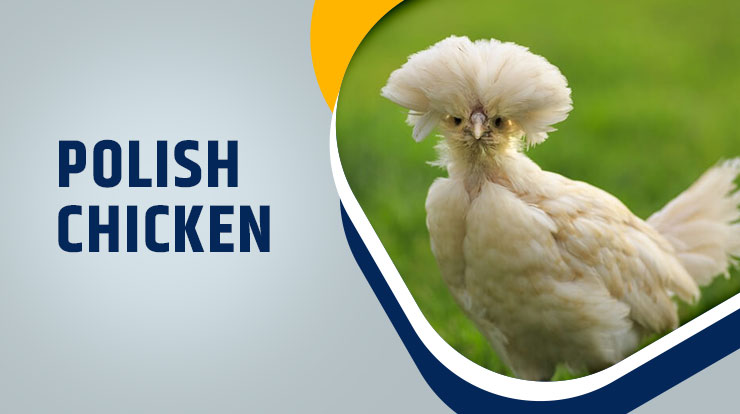
The Polish Crested is a European breed of chickens known for their remarkable crest of feathers. However, these birds come from the Netherlands and Europe. In general, they lay a large amount of medium/large white eggs. The average is approximately 150 eggs per year.
8. Maran Chicken
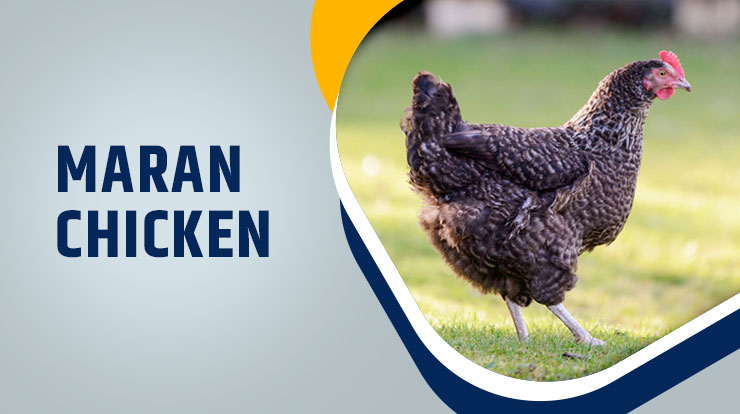
The Maran, French: Paule de Marans, is a breed of chicken in the Charente-Maritime department, in the Nouvelle-Aquitaine region of south-western France. You can expect them to lay 150-200 eggs each year. However, the production rate may be a bit low if you’re aiming for really dark-coloured eggs.
9. Kadaknath Chicken
Kadaknath, also called Kali Masi, is a chicken’s Indian breed. They originated from Madhya Pradesh. Egg production was 90 to 105 eggs up to 52 weeks, and the annual egg production is estimated to be 120 to 140. There are three varieties: golden, jet black and pencilled.
10. Bielefelder Chicken
The Bielefelder Chicken breed originated from Germany. The hens are gentle birds, the best layers for a dual-purpose breed, laying about 200 large dark brown eggs annually, and they are good winter layers. They also lay more large, elegant brown eggs per year.
Chicken Rearing System
Indoor Reared
Most meat chickens are raised in large enclosed buildings, where temperature, ventilation, artificial lighting, food and water are carefully controlled. They are given food and water in lines along the length of the building, and wood shavings cover the floors. Around 25,000 birds live together within a building, but some may house up to 50,000 birds. There can be many buildings on a farm.
Most birds are reared at a stocking density (amount of space per bird) of 38 kg per square metre. You can keep the light levels low to encourage birds to eat more and roam less, which maximises their growth rate.
Organic and Free-range Chicken Farming
You can also raise the chickens in systems where they can access an additional outdoor area for part of their lives. To meet certain requirements, the law requires free-range and organic systems, like the amount of space in the building and the age of the birds at the time of slaughter.
End of rearing
Generally, it takes 5-6 weeks for the birds to reach the desired weight for slaughter, around 2.2 kg. They are then captured, put in crates and taken to the slaughterhouse.
Advantages of Chicken Farming
| Less Capital Requirement | The foremost advantage of chicken farming is that it doesn’t require high capital start. Farmers just need basic capital to raise chickens. |
| Not Required Large Space | It does not require big space because you can easily raise the birds in your backyard with one or many cages. |
| High Returns in Short Period | A commercial chicken production business ensures a high return on investment within a very short period because few poultry birds, like broiler chickens, take a shorter duration to mature and generate profit due to products that are not much expensive. |
| Easy Marketing | Marketing chicken products is an established market for poultry products in mostly all countries of the world. So you can easily sell out the products in your nearest local market. |
| Employment & Income Opportunities | Chicken farming provides income and employment opportunities. Youths can easily make it an income source by raising poultry commercially. |
Infographic of Chicken Farming

For further information about egg poultry farms, chicken farms for sale, and different types of poultry and chicken poultry farm, stay tuned with TractorGuru.
Related Posts:




